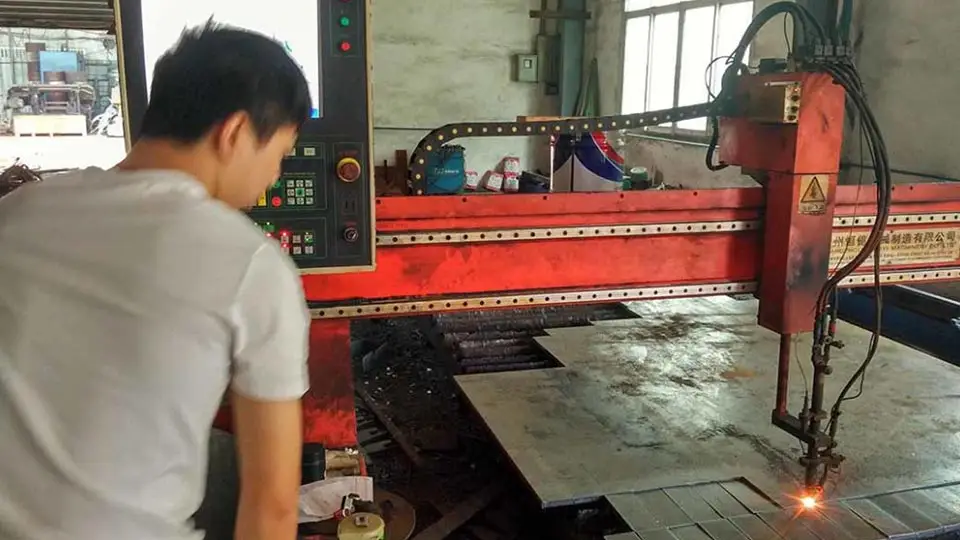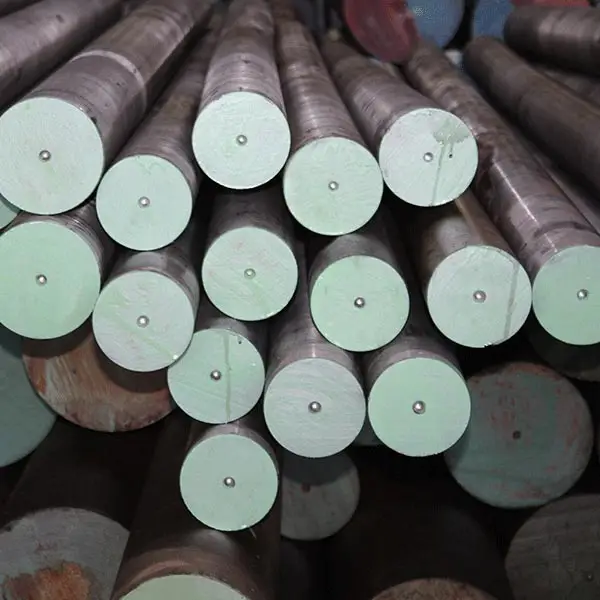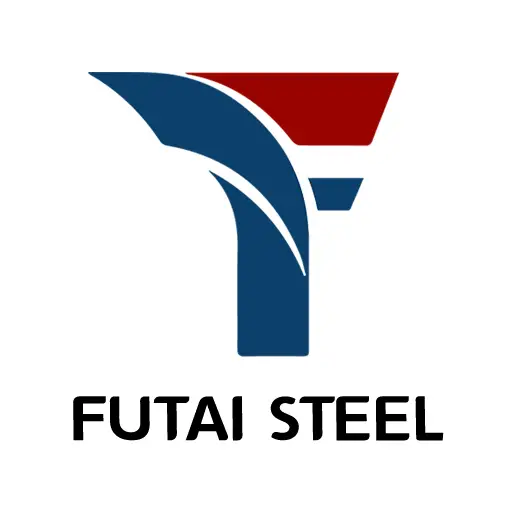7 Reasons Why Hot Work Tool Steel Outshines Competitors
Table of Contents
Introduction


Hot work tool steel plays a critical role in industries requiring tools and molds that can withstand high temperatures, stress, and wear. Its unique properties make it indispensable in demanding applications such as forging, die casting, and extrusion. But what makes this material so exceptional compared to its competitors? In this article, we’ll dive into the seven key reasons why hot work tool steel is a superior choice, examining its properties, applications, and benefits in detail.
Reason 1: Exceptional Heat Resistance
Materials designed for extreme environments need to withstand high temperatures without losing their core properties, and this is where this specialized steel excels. Engineered specifically to endure intense heat, it is the material of choice for applications where conventional metals fall short. Its ability to retain critical mechanical attributes, such as hardness and strength, even at temperatures surpassing 600°C, sets it leagues ahead of its competition.
Consider die casting as a prime example. Molds used in this process are subjected to molten metals, like aluminum or magnesium, that reach incredibly high temperatures. The unique heat-resistant nature of this steel ensures that molds do not soften, warp, or lose their structural integrity. This stability is crucial for producing high-quality, consistent products over long production cycles.
Moreover, the material’s resistance to heat doesn’t just ensure performance—it also extends the lifespan of tools and molds. By minimizing wear and the risk of thermal damage, industries benefit from fewer replacements, reduced downtime, and lower maintenance costs. Businesses that prioritize operational efficiency and reliability consistently choose this robust material to meet their high-temperature demands.
Reason 2: Superior Wear Resistance
In high-stress environments, wear and tear are unavoidable. However, the exceptional durability of this specialized steel offers a robust solution to combat these challenges. Designed to withstand mechanical abrasion and repetitive use, this material maintains its structural integrity even under the most demanding conditions.
Take forging processes as an example. Tools in this application are constantly exposed to intense contact with hot, hard materials, often under significant pressure. The remarkable resistance to wear ensures that these tools remain functional and effective, significantly reducing the need for frequent replacements. This longevity translates into lower operational costs and minimizes production downtime.
Industries like aerospace and automotive manufacturing, where precision and reliability are non-negotiable, particularly benefit from this wear-resistant material. Even minor degradation can lead to costly performance issues or safety concerns. By choosing a material that resists wear, manufacturers ensure consistent performance and maintain stringent quality standards over extended periods of use.
This outstanding durability not only enhances the lifespan of tools but also contributes to overall operational efficiency. For businesses operating in high-pressure environments, investing in this robust material pays dividends in reliability and cost-effectiveness.
Reason 3: Outstanding Toughness
This specialized category of steel is not just about raw strength—it embodies exceptional toughness. Its ability to withstand substantial impacts and shocks without succumbing to cracks or fractures sets it apart from other materials. For instance, tools like forging hammers and extrusion molds are subjected to immense forces during operation, yet components crafted from this durable material remain unfazed and highly resilient.
One of the standout features contributing to this resilience is its remarkable capacity to resist both thermal and mechanical fatigue. In many industrial applications, tools must endure repeated cycles of intense heating and cooling, which can weaken less capable materials over time. However, this advanced steel maintains its structural integrity and reliability throughout these demanding conditions.
This resistance to fatigue is particularly crucial in high-stress manufacturing processes, where even a momentary failure can disrupt production and lead to significant losses. By ensuring that tools perform consistently, this material not only supports uninterrupted workflows but also guarantees the production of high-quality results.
Industries such as aerospace, automotive, and heavy machinery, which rely heavily on the durability of their tools, greatly benefit from the inherent toughness of this material. Its ability to handle extreme stress, both thermal and mechanical, without degradation makes it an invaluable asset for operations that demand both performance and longevity.
Reason 4: Excellent Machinability and Workability


One of the standout features of hot work tool steel is its machinability, which allows manufacturers to shape, cut, and customize it for specific applications. Despite its toughness, it can be precision-engineered to meet complex design requirements, making it highly versatile.
For example, molds with intricate patterns or tools with detailed features can be crafted with ease using hot work tool steel. This machinability enhances its usability across diverse industries, from manufacturing precision automotive parts to crafting high-performance aerospace components.
Furthermore, its compatibility with advanced machining techniques such as CNC milling and EDM cutting makes it a favorite among manufacturers looking to streamline production without compromising quality.
Reason 5: High Resistance to Thermal Fatigue
Thermal fatigue is a significant concern in applications involving repeated heating and cooling cycles. This phenomenon can cause materials to crack, weaken, or fail over time. However, hot work tool steel stands out for its ability to resist thermal fatigue, even in the most demanding conditions.
In die casting, molds must endure rapid temperature changes as molten metal is poured and cooled repeatedly. Hot work tool steel’s resistance to these fluctuations ensures it maintains its integrity, reducing the risk of cracks or defects in the final products.
This property not only extends the life of tools but also ensures consistent performance, making it an invaluable material for industries that demand reliability.
Reason 6: Versatility in Applications
This specialized type of alloy stands out for its remarkable versatility, making it indispensable across a wide range of sectors. Its applications span from creating die-casting molds to crafting forging dies and extrusion tools, showcasing its ability to adapt to varied and demanding industrial needs.
Applications in Key Industries:
- Automotive: In the automotive sector, this robust material plays a vital role in manufacturing components that demand precision and durability. Examples include engine parts, exhaust systems, and gears that must endure high stress and temperature fluctuations without compromising performance.
- Aerospace: For aerospace applications, where reliability and resistance to extreme conditions are paramount, this alloy is used to produce critical components like turbine blades, structural frameworks, and high-stress fittings. These parts must withstand both mechanical pressure and thermal stress, and this material delivers consistently.
- Medical: In the medical domain, its unique combination of strength and corrosion resistance is leveraged to create surgical instruments, implants, and other medical tools. The ability to maintain hygiene and performance under sterilization processes makes it an ideal choice.
- Construction: For construction applications, this material is commonly used in heavy-duty tools, including concrete molds and structural reinforcements. Its ability to endure demanding environments ensures longevity and reliable performance in projects where durability is non-negotiable.
This material’s adaptability to such diverse applications is a testament to its exceptional properties. Whether in environments requiring extreme heat resistance, mechanical strength, or precision, it consistently delivers outstanding performance. Manufacturers worldwide rely on its unparalleled flexibility and reliability, making it an industry favorite for crafting high-quality tools and components.
By meeting the specific requirements of these industries, this material not only proves its worth but also cements its position as a cornerstone of modern manufacturing processes.
Reason 7: Cost Efficiency in the Long Run

While the initial cost of hot work tool steel may be higher compared to other materials, its long-term benefits outweigh this investment. Its durability, resistance to wear and thermal fatigue, and reduced maintenance needs make it a cost-effective solution over time.
Industries benefit from lower downtime, fewer replacements, and consistent tool performance, translating into significant cost savings. By choosing hot work tool steel, businesses can enhance productivity while minimizing operational expenses.
Table: Hot Work Tool Steel vs. Alternative Materials
| Property | Hot Work Tool Steel | Carbon Steel | Alloy Steel |
|---|---|---|---|
| Heat Resistance | High | Low | Moderate |
| Wear Resistance | Superior | Moderate | High |
| Toughness | Outstanding | Low | Moderate |
| Thermal Fatigue Resistance | Excellent | Poor | Moderate |
| Customizability | High | Moderate | Good |
| Cost Efficiency | Long-Term Savings | Low Initial Cost | Moderate |
Conclusion
Hot work tool steel is a game-changer in high-temperature and high-stress applications. Its exceptional heat resistance, wear resistance, toughness, and versatility make it stand out from competitors. Additionally, its long-term cost efficiency and adaptability to various industries cement its reputation as an indispensable material.
Choosing hot work tool steel ensures reliability, durability, and consistent performance, making it a wise investment for businesses seeking to enhance productivity and quality.
FAQ
Q1. What is hot work tool steel commonly used for?
This high-performance alloy finds its use in a variety of demanding applications, thanks to its ability to withstand extreme conditions. It is commonly utilized in die casting, where molds endure intense heat and molten metal. In forging operations, it shapes components under extreme pressure, while in extrusion processes, it helps create profiles and shapes with precision. Beyond these, it is also a top choice for manufacturing high-temperature tools that must maintain structural integrity under repeated use.
Q2. How does hot work tool steel resist thermal fatigue?
Its exceptional resistance to thermal fatigue stems from its carefully engineered composition. It incorporates elements like chromium, molybdenum, and vanadium, which provide the ability to withstand repeated heating and cooling cycles. This durability prevents cracking, warping, or degradation, even under conditions that would compromise lesser materials. Such resilience ensures reliable and long-lasting performance, making it a preferred choice for industries where tools must endure rigorous thermal cycling.
Q3. Is hot work tool steel environmentally friendly?
Yes, this alloy is an environmentally conscious choice. It is highly recyclable, meaning that worn-out tools or components can be repurposed, reducing waste and conserving natural resources. Its long service life further minimizes the need for frequent replacements, indirectly lowering energy consumption and production waste. For industries aiming to align with sustainable practices, this material offers a way to reduce their environmental impact while maintaining efficiency.
Q4. Can hot work tool steel be customized for specific applications?
Absolutely! Its machinability and workability allow manufacturers to tailor it to meet specific design and performance requirements.
Q5. Why is hot work tool steel more expensive upfront?
The higher initial investment reflects the alloy’s superior performance and long-term benefits. Its inherent properties—such as exceptional heat resistance, wear durability, and thermal stability—significantly reduce maintenance and replacement costs over time. While the upfront cost may be greater than alternative materials, its extended lifespan and ability to minimize downtime translate to substantial cost savings in the long run. This makes it a highly economical choice for industries prioritizing efficiency and reliability.
